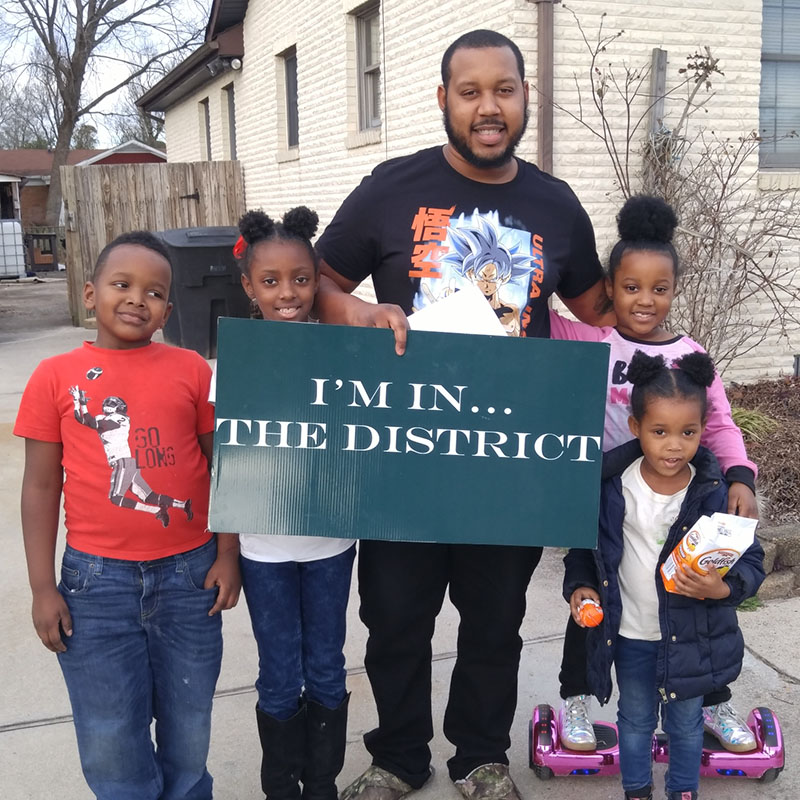What does it take to transform a community from “striving” to “thriving”? Ask undergraduate students in Georgia Tech Scheller College of Business who recently learned about creating sustainable communities through an innovative project.
Ravi Subramanian, an affiliated faculty member of the Ray C. Anderson Center for Sustainable Business, believes students benefit greatly from being exposed to sustainable practices in the real world. When he developed the course, Business Decisions for Sustainability and Shared Value, he knew he wanted to find a way to engage students through experiential learning.
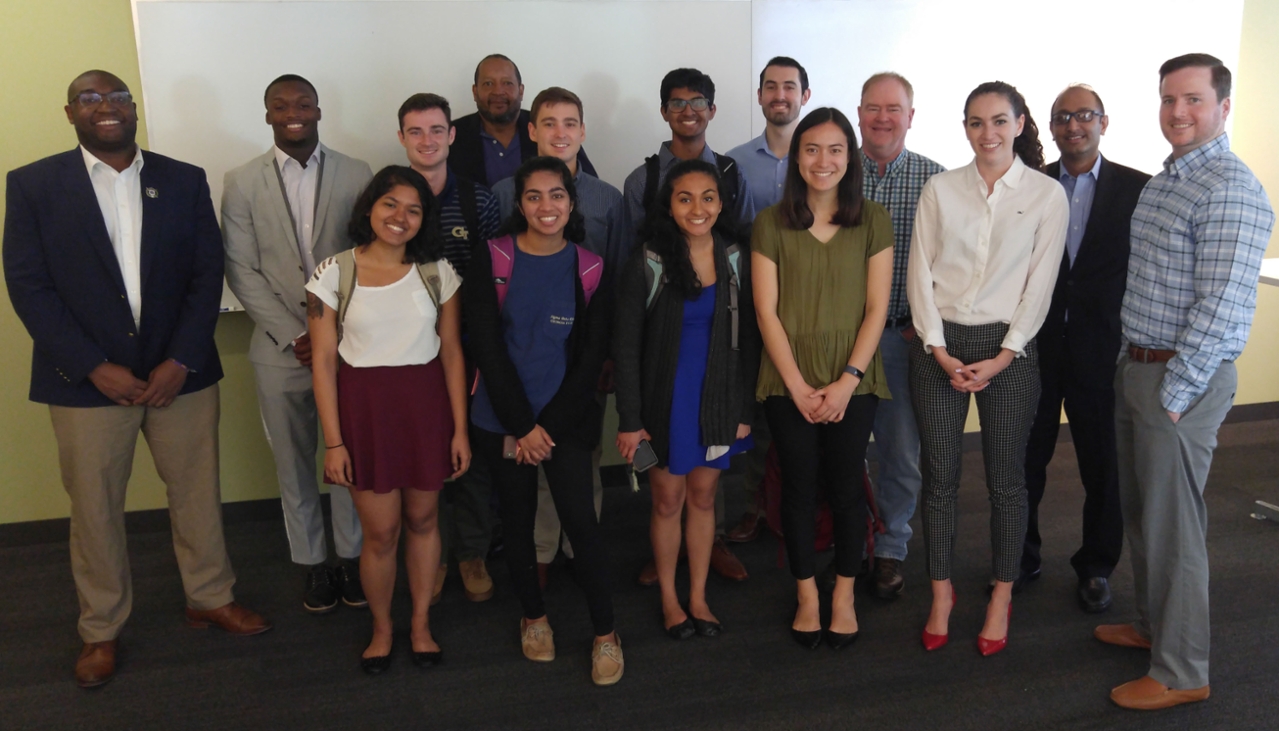 Scheller College undergraduates with Ravi Subramanian and Garry A. Harris.
Scheller College undergraduates with Ravi Subramanian and Garry A. Harris.
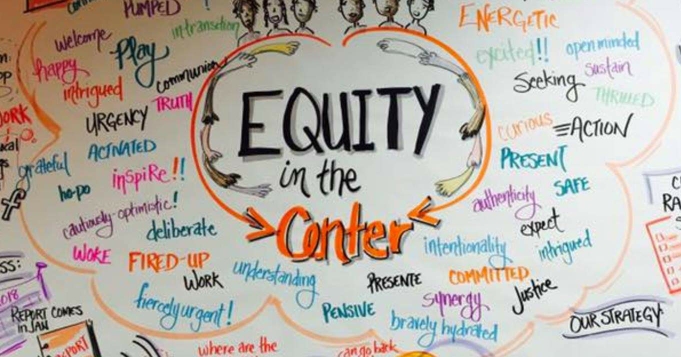
Equity is at the heart of plans for ECO District Hampton Roads.
The World Economic Forum’s Global Risks Report inspired Subramanian’s framework for his course. He said, “The report identifies unmet basic human needs as being closely tied to economic risks. It asks us to consider how human suffering (think food and water shortages, and migrations due to geopolitical strife) relates to global economic growth.”
Students in the course learn how companies have addressed fundamental human needs while at the same time finding business value in doing so. This approach is at the core of the “shared value” business concept. Subramanian said, “We analyze how business decisions enrich the community and the business.” He underscored that shared value is not about philanthropy or channeling money towards problems. “Rather,” he explained, “it’s about finding more systemic and enduring solutions.”
Your ideas will help transform lives—sometimes out of poverty. We’re going to lift up this community in the state…and nationally!
— Garry A. Harris
With the help of the Georgia Tech Center for Serve-Learn-Sustain, Subramanian connected with Garry A. Harris, Managing Director of the Center for Sustainable Communities (CSC), a nonprofit “dedicated to making communities globally cleaner, greener, healthier, safer, and more climate resilient.” They quickly realized that a partnership would be mutually beneficial. Students would gain access to meaningful, hands-on learning, and CSC would be able to provide recommendations to communities in need from eager and bright minds.
The first collaborative project went full steam ahead in Spring 2019. Seventeen students were tasked with helping CSC develop plans for “ECO District Hampton Roads.” The revitalization project aims to foster community, increase prosperity, and promote health and well-being in a community located in South Hampton Roads, Virginia. The United Nations Sustainable Development Goals—a blueprint for global environmental, social, and economic sustainability—provided CSC with yet another lens through which to evaluate the project.
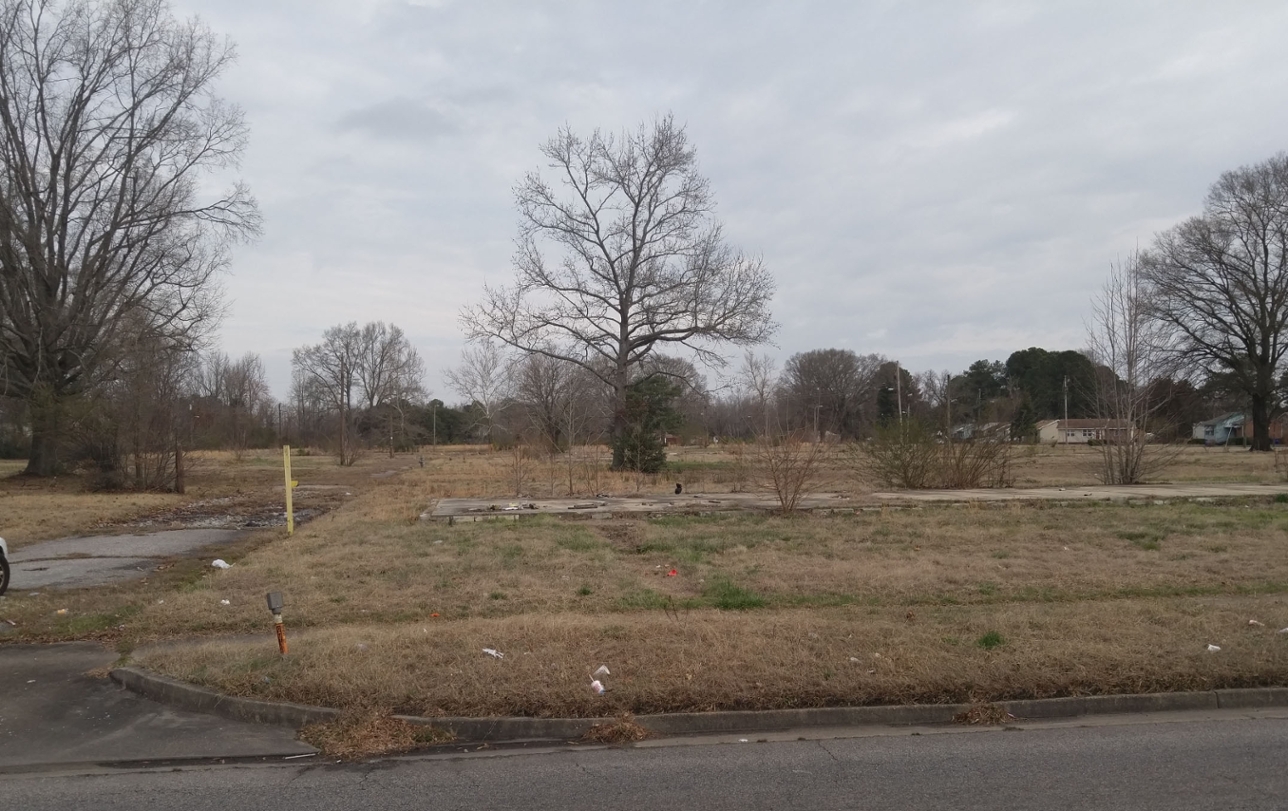 A vacant lot on Greenwood Drive is a potential site for an amphitheater.
A vacant lot on Greenwood Drive is a potential site for an amphitheater.
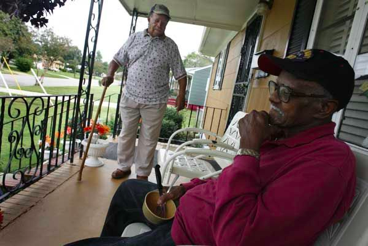 Residents of South Hampton Roads.
Residents of South Hampton Roads.
Working in teams, students researched, developed, and proposed creative development plans for the challenged neighborhood of over 5,000 homes and 17,000 residents. Several groups addressed a severely underutilized and underdeveloped corridor in the town—home to a gas station and auto repair shop, vacant lots and buildings, and a few other non-service businesses. Harris said, “That area is totally devoid of helping the community from a health perspective. The vacant land in the corridor is ripe for something productive to be done with it.”
With telling names such as “Victory Corridor Project” and “The Hub,” the student-devised plans focused on building community resilience. Economic development plans included an innovation center for high school students as well as a business incubator (modeled after ATDC in Tech Square) where community members could meet with investors to grow their businesses. The incubator would emphasize education and coaching to help local entrepreneurs and social enterprises. Teams proposed establishments such as a thrift store, a live-work-play complex, a flea market, and locally owned home service companies—all of which would both create jobs and provide the community with shops and services it actually needs.
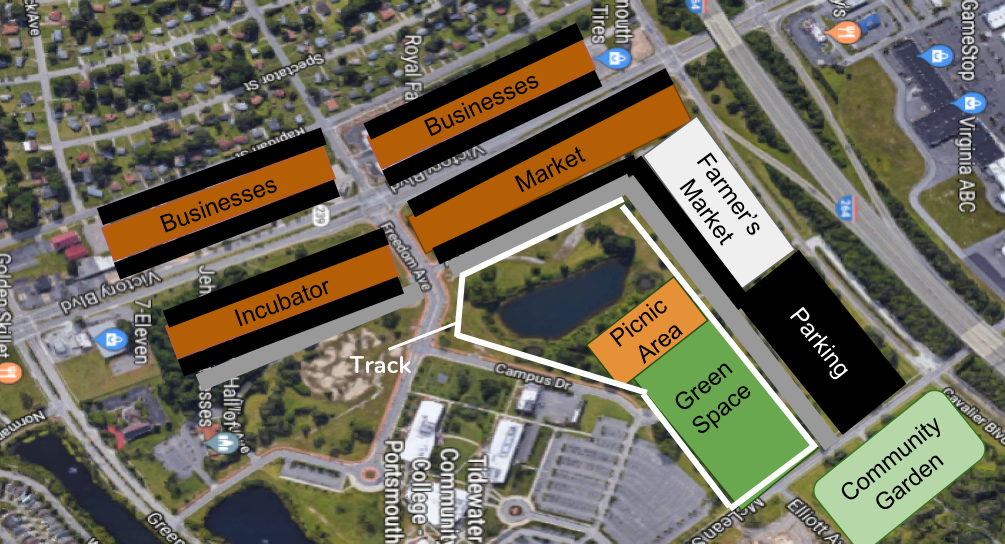 Proposed area for a small business economic development corridor.
Proposed area for a small business economic development corridor.
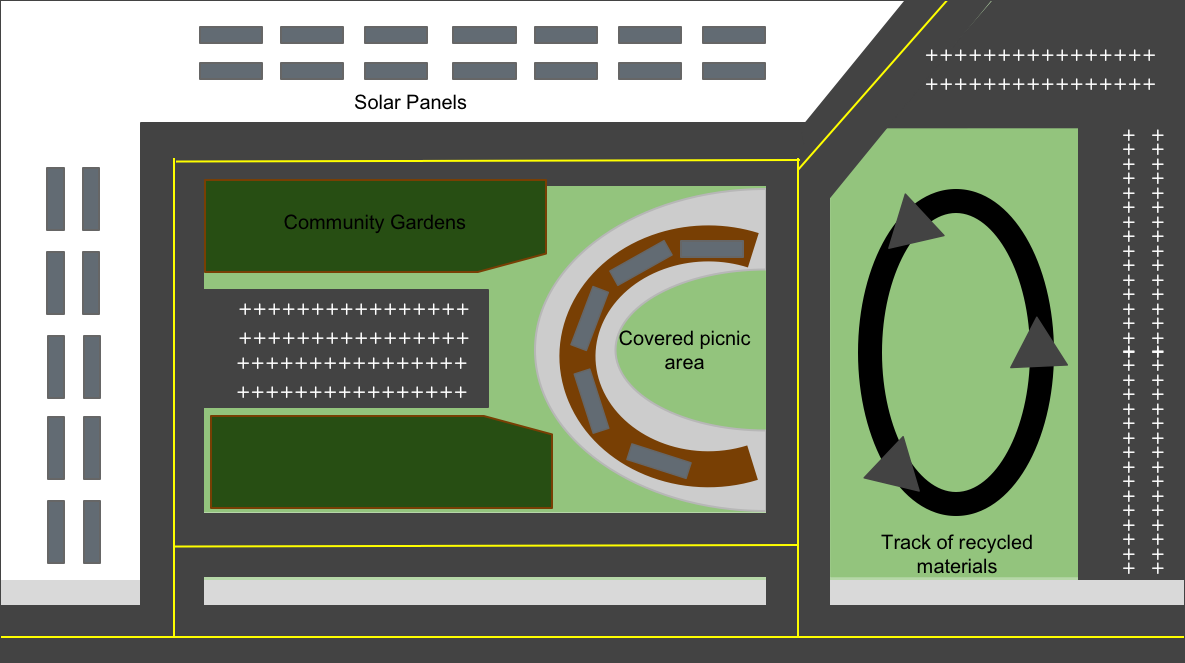
Preliminary design for a sustainable gathering place.
Recommended quality-of-life enhancements included an amphitheater, a picnic area, a reinvented town center, art and culture shows and festivals, food trucks, a residents-only loyalty card, and charity walks. One team pitched a Meetup-type app that would break down community silos and increase cohesion through the sharing of events and activities. To move the health-and-wellness needle, students pitched a farmers’ market, a gym with low monthly membership costs, an affordable medical center, installation of sidewalks for improved walkability, new bike lanes, and better greenspace utilization.
And as for environmental sustainability? Students presented plans for a community garden, waste composting, a track constructed out of recycled material, energy efficiency improvements in homes, and community solar power.
One team that focused on creating recreational areas discovered that a local body of water, Lake Cavalier, was theoretically “open to all.” However, since it is completely surrounded by houses, access is limited to those residents who border the lake. The team proposed having the town purchase one of the properties and turning it into public access to ensure recreational equity for all.
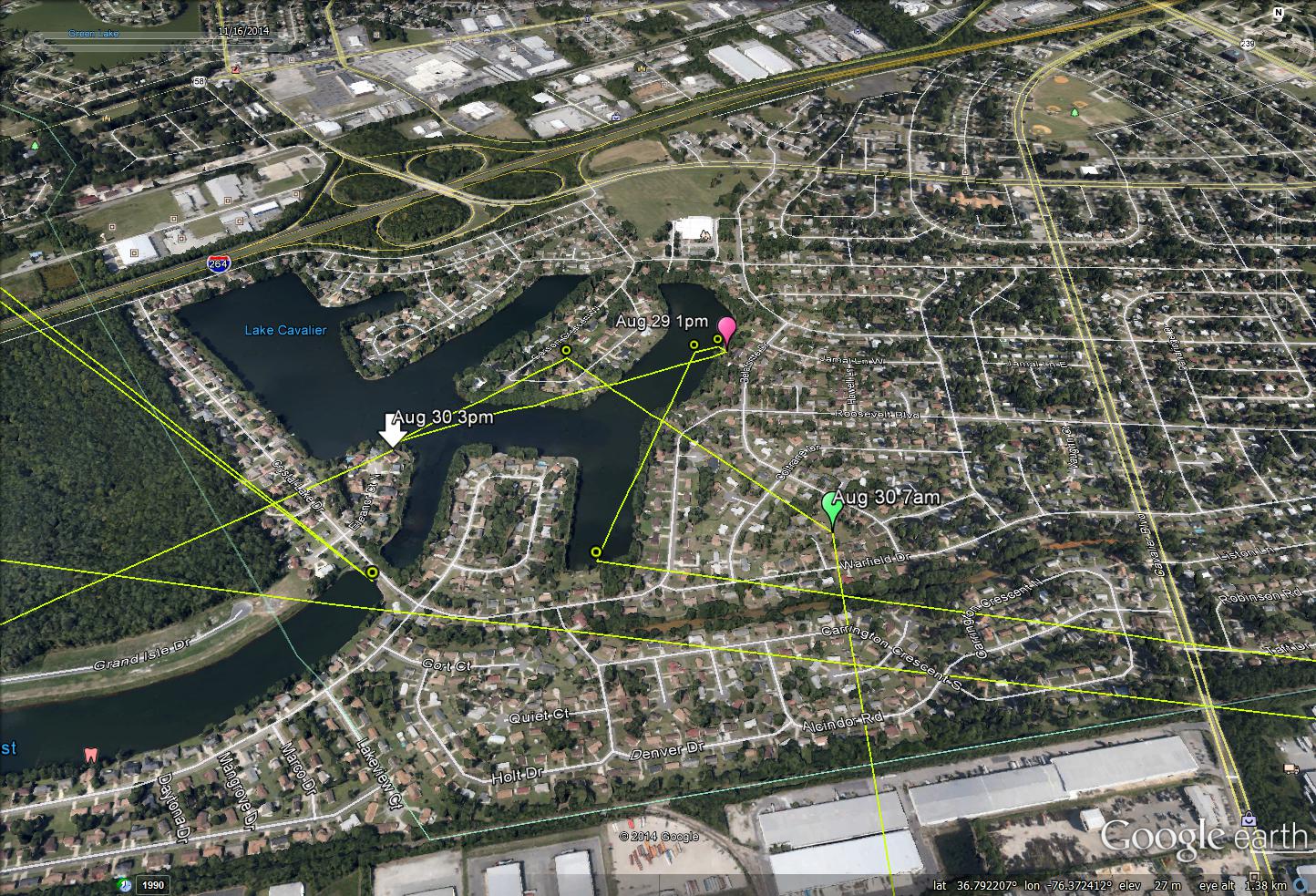 Aerial view of Lake Cavalier.
Aerial view of Lake Cavalier.
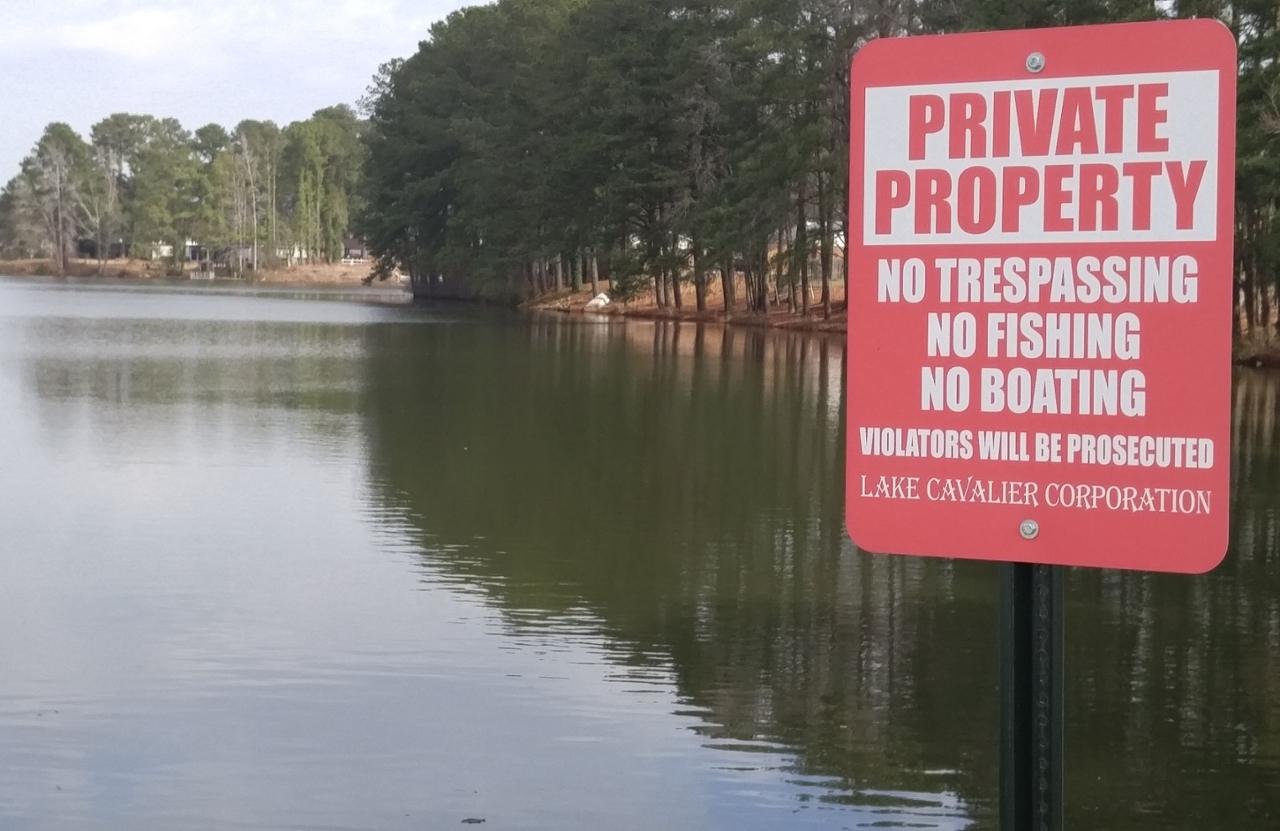
Students proposed solutions to limited access to recreational areas.
Student presentations were enthusiastically received by Harris. He thanked them for their “incredible” work, adding, “Your ideas will help transform lives—sometimes out of poverty. We’re going to lift up this community in the state…and nationally!”
Subramanian said students benefited greatly from putting sustainable development ideas into practice. “They connected with people on the ground to understand what’s lacking. They asked residents about their needs and wants. In these students’ future careers, no matter the field, there will always be a community nearby. Here, they got to learn the value of connecting with people,” he said.
Since the semester ended, Harris has debriefed the United Civic League of Cavalier Manor, and the ECO District team will be working in a collaborative manner with the community to decide which projects should be implemented.
Harris remarked, “Now, there’s no town center, no place to come together. These projects could fill a huge void. Folks are clamoring for this. They’re so excited to transform this area. Even just one of these solutions, such a community meeting place, would make a significant impact.”
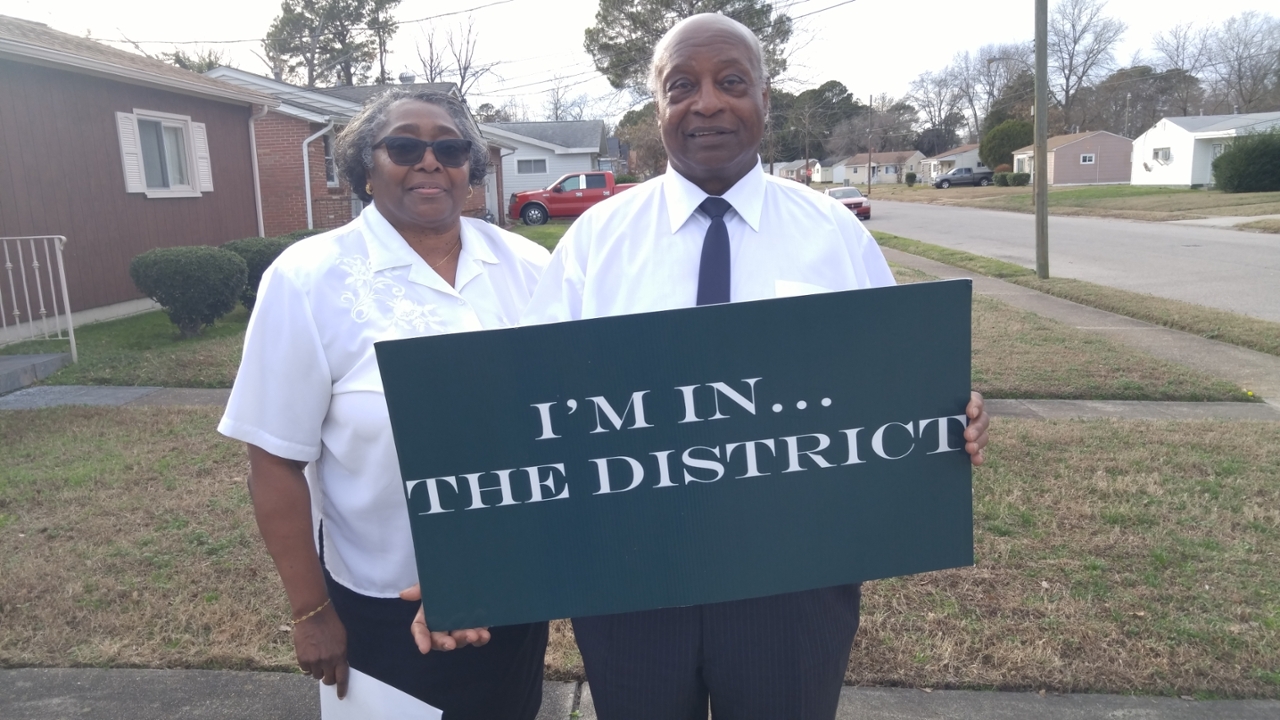
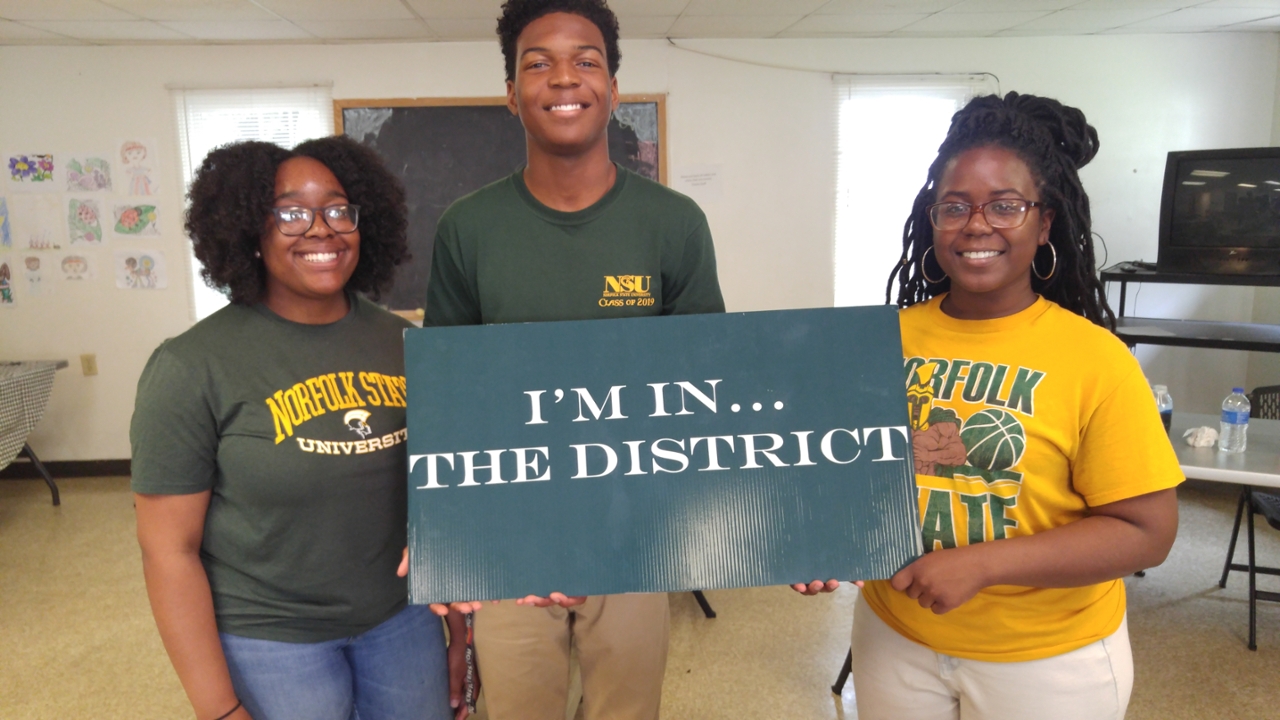
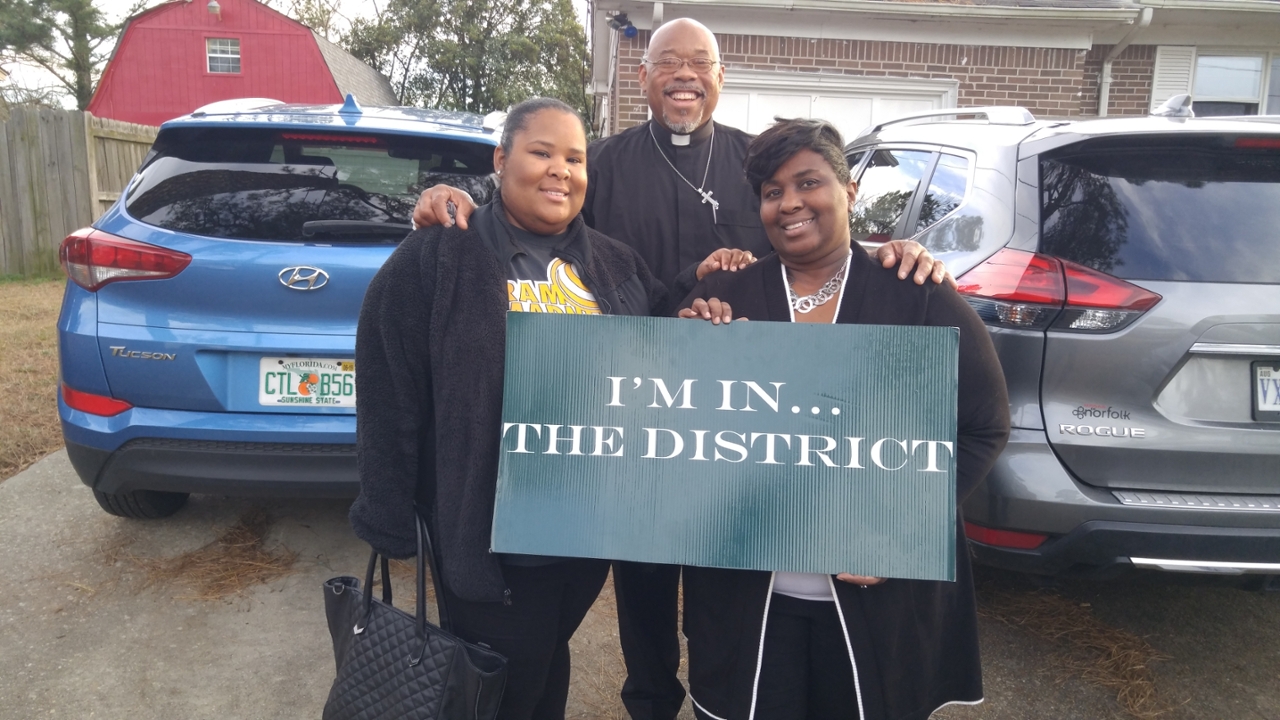
Residents of South Hampton Roads show pride for the ECO District.
Harsha Sridhar, a business administration and international affairs double major, said he took the class to learn how businesses could act in a manner that was both financially beneficial and responsible. He said, “Thanks to the experiential learning method, the stakes were high. Our recommendations actually had the potential to impact a real community. I’m thankful to our professor and Mr. Harris for taking our work seriously and exhorting us to do the same.”
Subramanian said that as much as people complain about the state of the world, he’s an optimist. All of the teams’ projects emphasized a sense of place, a sense of people, a sense of belonging. He reflected, “It’s about prosperity and well-being for all. These ideas aren’t relevant only to distressed communities. They’re important for all communities.”
Written by Jennifer Holley Lux
